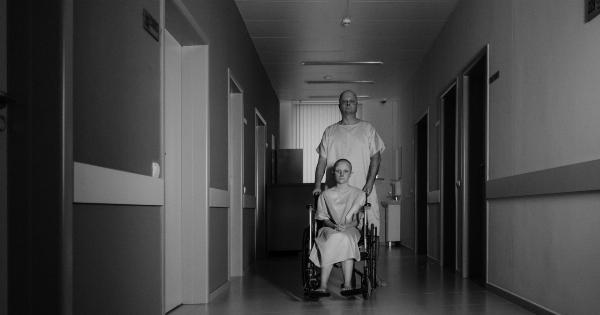For many women, the diagnosis of cancer can be a life-changing event.
Not only must they face the reality of dealing with a potentially life-threatening disease, but treatment can come with a host of side effects – some of which can have long-lasting repercussions on their quality of life.
One such side effect of cancer treatment is the destruction of ovarian function. Radiation and chemotherapy can damage or kill ovarian tissue, leading to infertility or premature menopause.
But a new technology – artificial ovaries – may offer a way to restore ovarian function and fertility to women who have undergone cancer treatment.
What Are Artificial Ovaries?
Artificial ovaries are exactly what they sound like – laboratory-grown replicas of the ovaries. They are made up of cells that mimic the function of natural ovarian tissue, including follicle-stimulating cells and oocyte (egg) cells.
The cells are grown on a scaffold or matrix, which provides structure and support for the growing tissue.
Artificial ovaries offer several potential benefits for women who have undergone cancer treatment. First and foremost, they can restore ovarian function and fertility.
Women who lose ovarian function due to cancer treatment often experience premature menopause, which can lead to a host of physical and emotional symptoms, including hot flashes, vaginal dryness, and decreased libido. By restoring ovarian function, women can avoid these symptoms and potentially conceive children if they desire.
Additionally, artificial ovaries could also help reduce the risk of cancer recurrence. In some cases, ovarian tissue that is implanted back into the body after cancer treatment can contain cancerous cells and lead to a recurrence of the disease.
Artificial ovaries, on the other hand, can be created from donor cells or from the patient’s own cells that have been screened for cancer. This reduces the risk of cancer recurrence and makes the procedure safer overall.
How Do Artificial Ovaries Work?
The process of creating an artificial ovary typically involves taking a small sample of ovarian tissue from the patient. The tissue is then processed and the cells are grown on a scaffold or matrix in the laboratory.
Once the tissue has reached a certain level of maturity, it can be implanted into the body.
The process of implantation depends on the location of the artificial ovary. In some cases, the ovary may be implanted under the skin or in the abdominal cavity. In other cases, it may be transplanted back into the natural location of the ovary.
The success of the implantation procedure depends on several factors, including the quality of the artificial ovary, the method of implantation, and the overall health of the patient.
However, studies have shown promising results – with some women even becoming pregnant after receiving an artificial ovary implant.
Current State of Research
While the concept of artificial ovaries is relatively new, researchers have been making significant strides in the field. In 2017, a team of scientists at the University of Copenhagen successfully implanted artificial ovaries in mice.
The ovaries were created by growing follicle-stimulating cells on a scaffold, and were able to support the growth and maturation of healthy eggs.
Since then, several other studies have been conducted on artificial ovaries in both animals and humans.
In one study published in the journal Human Reproduction in 2019, researchers successfully implanted artificial ovaries in two women who had undergone cancer treatment. Both women experienced a restoration of ovarian function, with one even becoming pregnant and giving birth to a healthy baby.
While these studies are encouraging, there is still more research that needs to be done before artificial ovaries become a widely available treatment option.
Larger clinical trials will need to be conducted to confirm the safety and effectiveness of the procedure, and the cost and accessibility of the technology will need to be addressed as well.
Conclusion
Artificial ovaries offer an exciting new potential treatment option for women who have undergone cancer treatment and lost ovarian function.
By restoring ovarian function and fertility, artificial ovaries can improve the quality of life for these women and offer them the possibility of conceiving children if they desire.
While more research needs to be done before the technology becomes widely available, the results of the studies that have been conducted so far are promising – and could offer hope to countless women who have faced the devastating effects of cancer treatment.

























